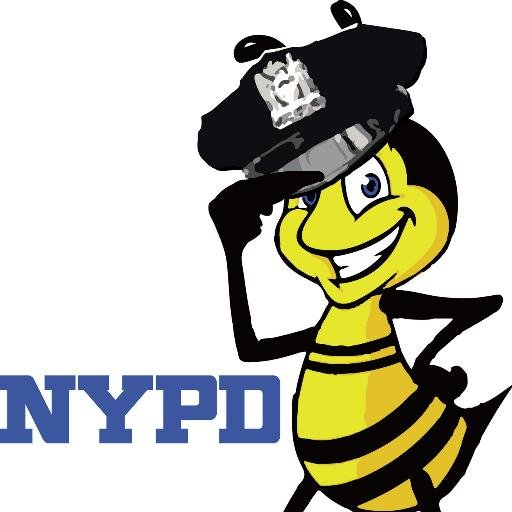The New York Police Officer Whose Job is a Buzz

There are approximately 35,000 police officers in the New York Police Department. These NYPD officers serve in many different roles — there’s the bomb squad, anti-gang unit, one focused on drug infractions, another which deals only with public transportation, and, of course, a counter-terrorism unit. Many other officers are more generalists; they’re assigned to an area — a “precinct” — and expected to cover a variety of issues.
But if you’re an officer, what unit you are in doesn’t necessarily dictate what job you fill. Similarly, your home precinct may not be the only place you work. For those types of jobs — the ones that require a special hand — maybe the NYPD may call in the B-Team.
Or, more accurately, the bee team.

Yes, that’s a real image; it comes from the official Twitter account of the NYPD beekeeper. Which means, yes, the NYPD has an on-staff beekeeper. Two, actually; although it hasn’t been without the buzz of controversy over its nearly 25 years.
The role began in February of 1994 when an officer named Anthony Planakis applied to join the force. He listed a curious hobby on his resume — he was an avid beekeeper. As Planakis told NPR, beekeeping was in his blood — he was a fourth-generation beekeeper, himself having first engaged with the buzzing pests in 1977. That hobby came in handy nearly immediately; his sergeant assigned him to wrangle some bees in Harlem just weeks after he took the job. By the winter of 1995, he was the Department’s unofficial beekeeper, taking on the nickname “Tony Bees.”
For nearly 20 years, Planakis was the on-call guy whenever a New Yorker called the police because of a bee infestation. But the unofficial position came with a problem: ambiguity. When Planakis removed hordes of bees from afflicted homes and businesses and their surroundings, those bees became the property of the NYPD. But, as Planakis told Gothamist, it wasn’t clear what he should do with those bees, as “there was no one else qualified to handle [the bees] and no procedure in place” for their relocation. Planakis claims that he’d give the bees to beekeepers he knew, without taking any remuneration from them. But many at the NYPD didn’t believe him, instead accusing him of either keeping the bees for himself (he had his own hive, from which he harvested honey) or sold them to friends. Planakis vehemently denied this and the Police Department never investigated him, but the damage was done. He left the force in 2014, telling the media that this undue scrutiny from superiors pushed him into early retirement — although he came back on occasion to help out with an errant swarm or two.
While the Department originally intended to retire the unofficial beekeeper role unfilled after Planakis left, that changed in early 2015. The Department instead formalized the position and, that summer, named a counter-terrorism detective, Daniel Higgins, and a Queens police officer, Darren Mays, as co-keepers. The NYPD has resolved the ambiguities that ended Planakis’s career early; as the New York Post reported, “Higgins and Mays aren’t paid extra for their beekeeping duties, but they get to keep the bees for their own use.”
Bonus fact: Bumblebees are deserving of their name — they tend to bumble a lot, colliding into things. (Here’s a particularly comical slow-motion gif, although they’re honey bees in that case.) And it happens quite often. Per Gizmodo, “bumblebees actually bump into things pretty frequently—around once per second.” But it’s not their fault. Gizmodo continues: “It’s not that they’re bad at flying, but that the air around them tends to move unpredictably. ”
From the Archives: Bee Fence: How bees keep elephants away.
Related: A beekeeping set — suit, hat, veil, gloves, and a brush. It’s under $15, which makes it a reasonable price for a Halloween costume or gag gift. And yeah, it’s probably good for beekeeping, too.
